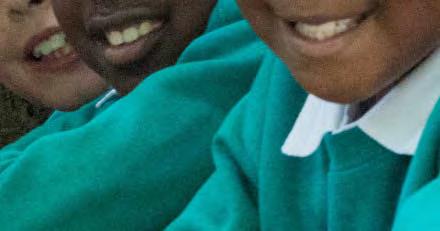■ Celebrities or high-profile personalities ■ The local council ■ Members of Parliament ■ Royalty ■ Venues visited - letters both before and after visits At one school, a teacher set up a crime scene around the teacher’s desk using police tape. Clues were left in prominent places and a significant object had gone missing. The scenario was used as a context for developing recounts and narrative writing. Pupils were asked to write up the incident in different recount forms, including a personal diary account, a police report and a journalistic report for the school magazine. It could also have been used for other text types, such as instructions on dusting for prints or a persuasive letter asking the thief to return the item.
Text type examples On the following pages, there are succinct examples of writing in the different text types together with details relating to: ■ Purpose ■ Audience ■ Type ■ Typical structure ■ Typical language features The examples can be used throughout the teaching process but other pieces of writing should be used to develop these skills. The examples are not intended to be exemplars, but pieces that illustrate the structure and features of the particular text type. They are designed to be an accessible starting point for most pupils in Key Stage 2 and 3. They are not intended to demonstrate the full range of children’s abilities in these key stages.
IPEELL stage 1: Why write?
17












